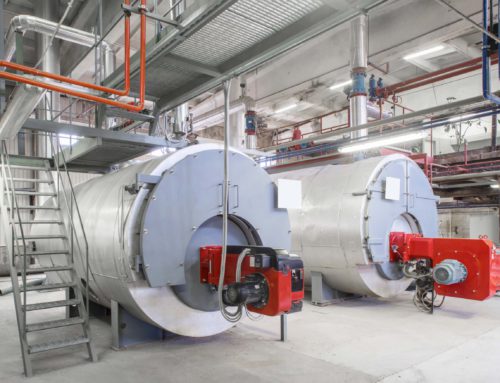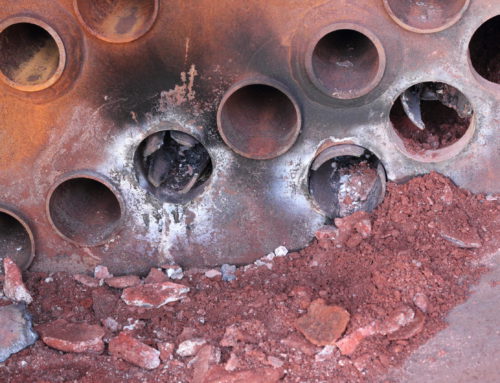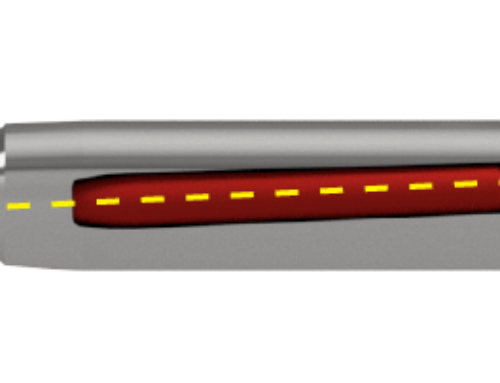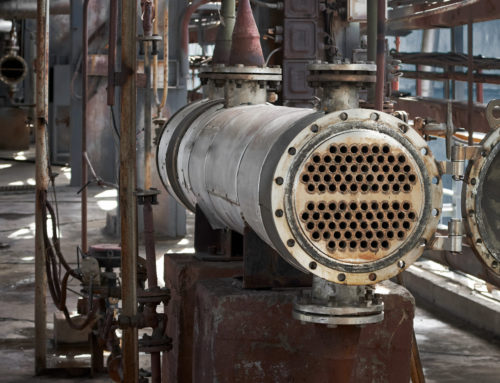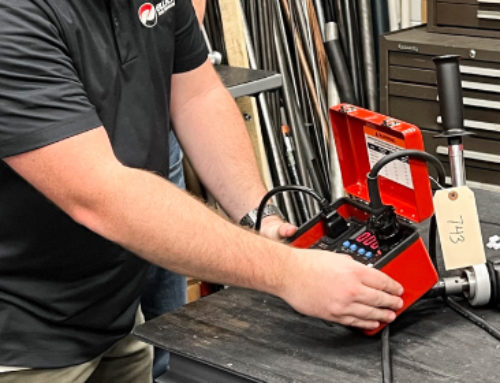2 Methods for Expanding X-ID® Boiler Tubes
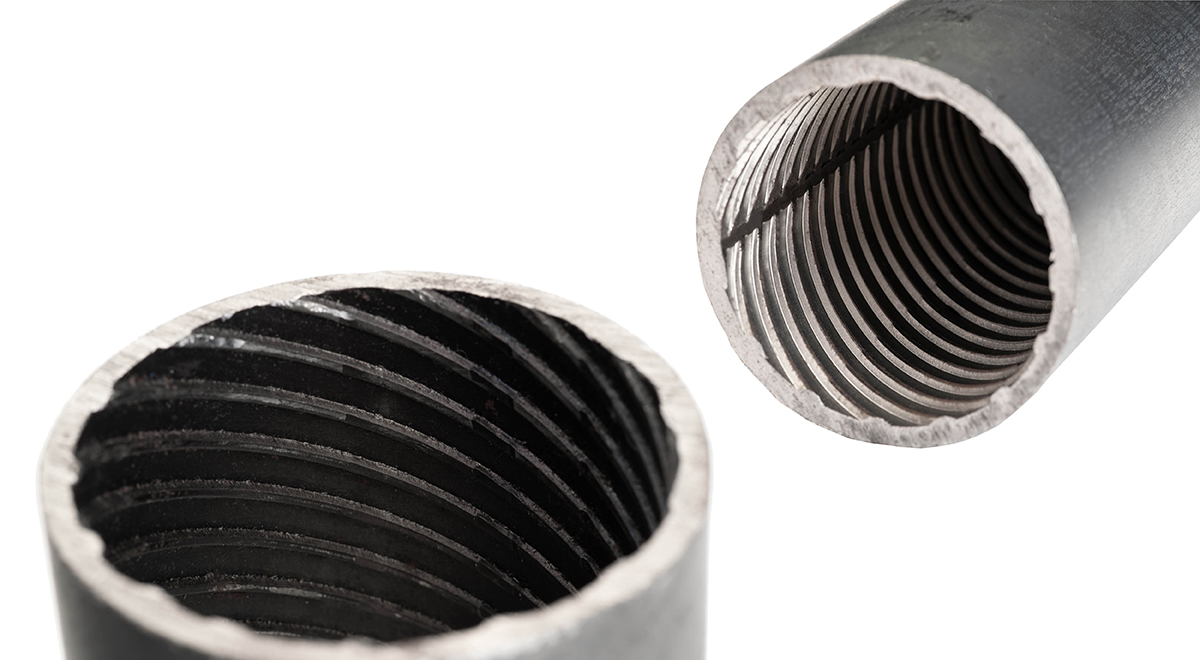
X-ID® Boiler Tubing is a registered trademark of Rosa Operating, LLC.
Generally, boilers require a larger footprint and higher energy usage to produce the required amount of heat transfer. In order to increase efficiency and lower operating costs, many boiler makers are switching to X-ID® enhanced tubing. These enhancements improve efficiency by increasing the surface area of the tube and increasing the rate in which gases travel through the tube. While X-ID® tubes are beneficial for the end user, they can be challenging to install. The enhanced material can reduce expander tool life and result in a poor mechanical joint or roll bead if not done correctly. In this article we will discuss two different methods of expanding X-ID® tubes and their benefits.
Straight Roll Method
The first method for installation uses a straight boiler expander and a roll beading expander. Once all the tubes are in the tube sheet and the proper projection for the roll bead is set, the operator would do a first pass with a straight roll expander. The goal is not to expand the tube, but to flatten out some of the enhancements. This process will take approximately 3-4 expander revolutions.
Once the tube surface is smoothed out, the single roll beading expander can be used. The operator should expand until the tube end forms a good bead that is touching the tube sheet face. Depending on the dimensions of the internal rifling, it can cause some material build-up during this process, with some of the material potentially wrapping around the bead roll of the expander. If this happens, the operator may need to clean out the tool between expansions.
While this method of expanding is easier for the operator and can be done quickly, it may have varying results. For example, it can be very difficult to get a perfectly smooth expansion area, as a lot of the material will migrate and build up in one location when flattening it out. Additionally, the quality of the bead may not be as optimal as when working with a prime tube. This is because the enhanced material can result in a sharp lip between the tube to bead transition. Depending on how severe it is, the ridge can result in more wear over time and potentially ruin the integrity of the bead.
Grind & Roll Bead Method
Another method for installing X-ID® tubes requires a grinder and a single roll beading expander. When selecting a grinding disc, it’s important to size it for the smallest tube ID which is the ID of the enhanced portion of the tube. This will ensure that you don’t remove too much tube wall material. Using a grinding wheel and drill, the operator would come in perpendicular to the tube and perform a circular grinding motion to evenly remove the enhancements. It’s important to grind as much of the enhancement off as you can without altering the wall size of the tube.
Note, the operator should ensure that they are wearing all necessary PPE during this process, such as a face mask, safety glasses, and proper attire. The grinding process can also produce some sparks, so ensure that you are not near any flammable materials and are taking proper precautions.
Once the tube has a smooth working area, about 2 – 3” inside the tube, the operator should use a single roll beading expander to finish the installation process. While this method requires a lot more prep time, the quality of the bead is significantly better and results in a smooth tube to bead transition. By removing the enhancement prior to expanding, it extends the life of the single roll beading expander and prevents the enhancement from showing in the bead. Additionally, this method eliminates material build up or internal ridges from the expansion process, reducing the risk of hot gasses and flames creating a failure point over time.
Overall, X-ID® tubes are great for improving the operating efficiency of a boiler, however, it’s important to understand how to properly install them before starting a job. Depending on your facility, one of the above methods may be better suited than the other. The first method is much easier for operators to perform and can be done much quicker. As a result, it may be better suited for jobs on a tighter turn around or teams with newer operators. While the second method takes more prep time, it only requires one rolling operation and can produce a better-quality bead. This may be better suited for faculties that are used to grinding and welding and have the ability to spend a little more time on the job.
Have another method for expanding X-ID® tubes? Let us know how your team has handled this application challenge.
X-ID® Boiler Tubing is a registered trademark of Rosa Operating, LLC.

